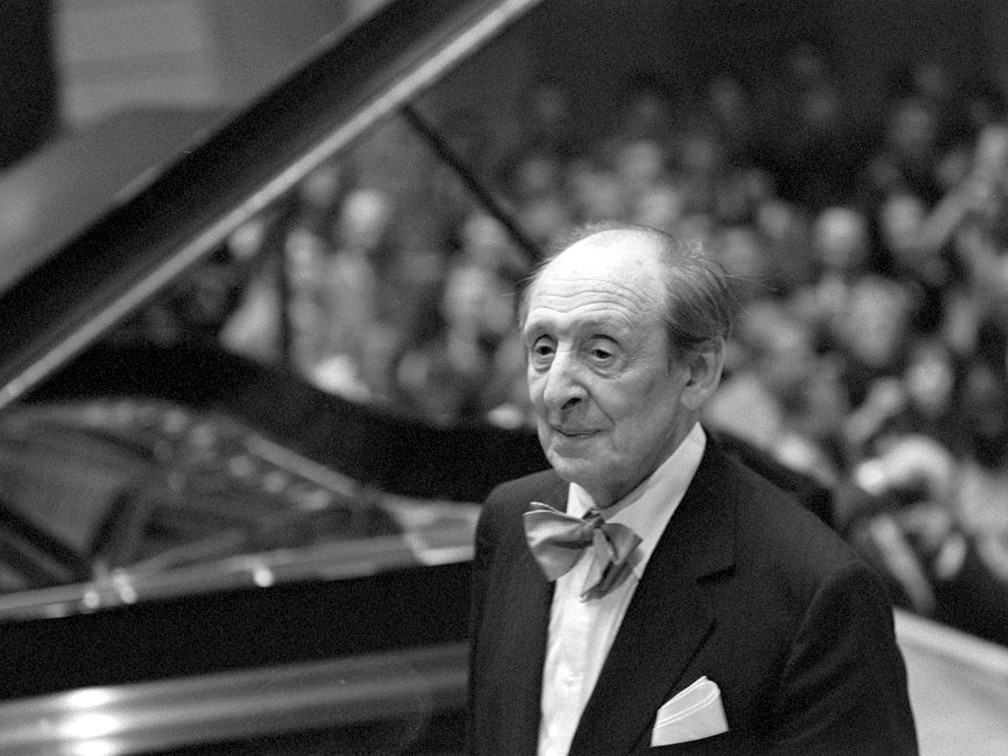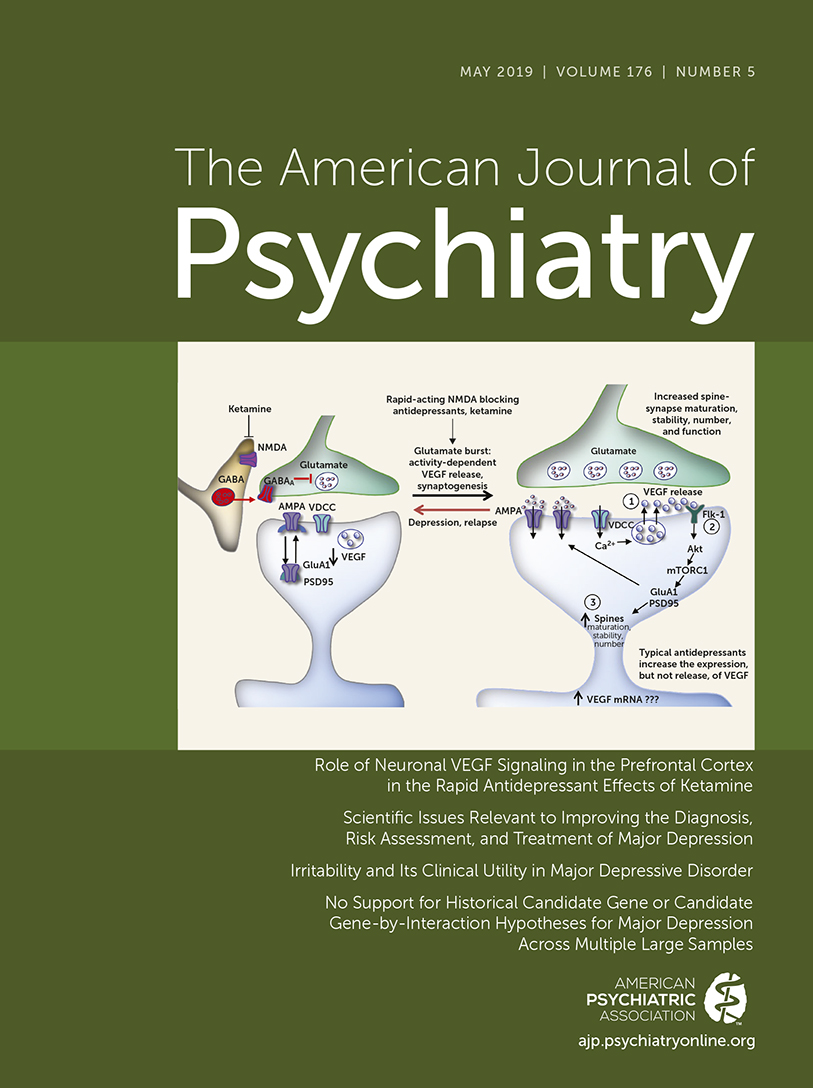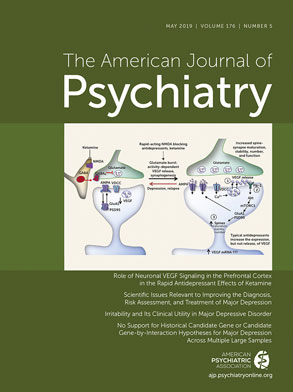Among the many celebrities who have been treated with electroconvulsive therapy (ECT), Vladimir Horowitz stands out as the preeminent musician. Widely celebrated as the foremost concert pianist of the 20th century, Horowitz was a champion of the romantic repertoire, and he reimagined concepts of tone, color, and expression. Privately, however, he had a complicated psychiatric history. He had multiple phobias, paralyzing performance anxiety (which he tried to mitigate by bringing his own piano to every concert), and severe bouts of depression throughout his life. His most debilitating episodes of depression lasted for years on end and were so severe that he withdrew from playing the piano entirely. What is less widely known is that he was successfully treated with ECT on multiple occasions.
Horowitz was born in Kiev in 1903, the youngest of four children in a Jewish family. His talents as a young pianist brought him to the West in 1925, where he lived for the rest of his life. He married Wanda Toscanini, the daughter of his mentor, conductor Arturo Toscanini, and they had one daughter, Sonia.
His first episode of depression began in 1933, during which he retreated to Lucerne, Switzerland, for 2 years, away from public performance. During this time, he grappled with crippling low self-esteem about his musicianship and perhaps his sexuality as well. His psychoanalysis with Lawrence Kubie in the 1940s may have been, at least in part, an effort to alter his sexual orientation.
His second and most severe episode of major depression started in 1953 and resulted in a 12-year retirement from the concert stage. This period was marked by the death of his father-in-law and a traumatic brain injury to his daughter Sonia. He received ECT in 1963 at Presbyterian Hospital in New York, which enabled him to return to his performance career. According to one of his biographers, Horowitz described ECT as a “wonderful treatment that healed his nerves” (
1).
His third and final depressive episode occurred in 1983, precipitated by a concert tour that was poorly reviewed by friends and critics alike, with the
New York Times reporting “lots of wrong notes, clotted chords, and rhythmic distortions. The famous Horowitz precision was only intermittently in evidence” (
2). His depression led to physical debility. Historical records hint that he may have had problems with overuse of prescribed barbiturates as well. Another course of ECT, at the Neurological Institute in New York City, resulted in complete recovery. He was subsequently able to perform in Russia for the first time in 61 years, for what would become his final, triumphant international tour. The
New York Times raved, “Horowitz returned to the Soviet musical stage today, giving a recital that dazzled the audience and left many in tears.… The audience, applauding loudly and shouting cheers, brought Mr. Horowitz back on stage for six curtain calls after he had played three encores” (
3).
Horowitz died in 1989 in New York City and is buried in the Toscanini mausoleum in Milan.


